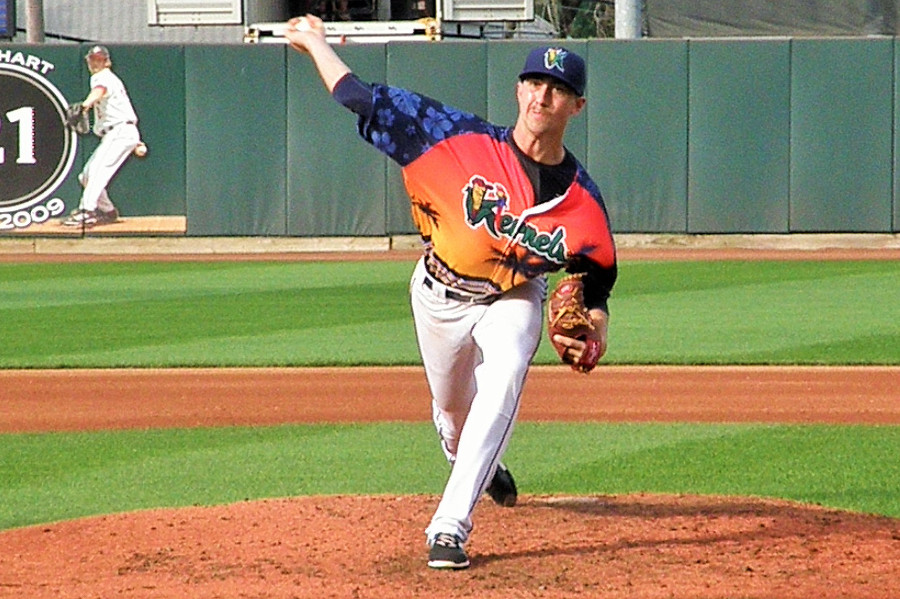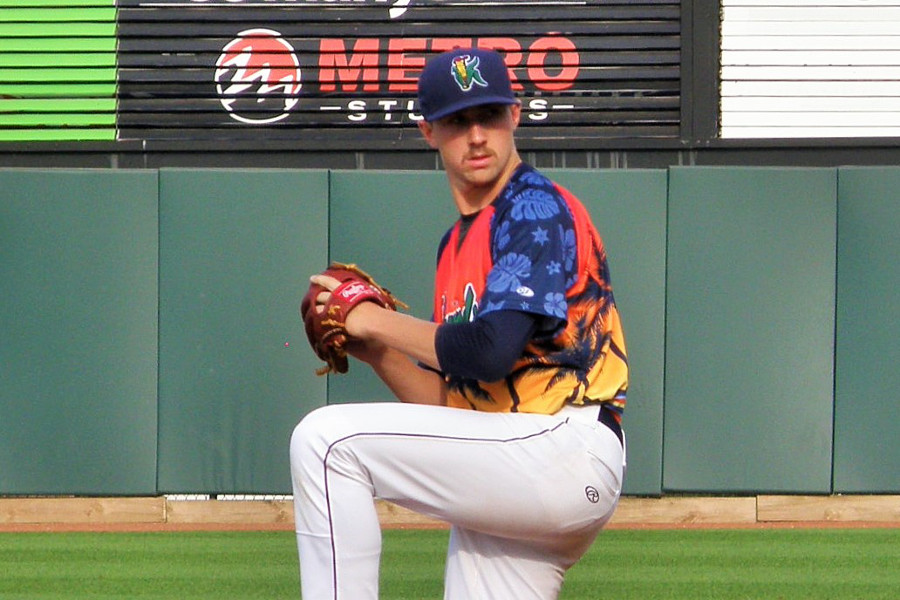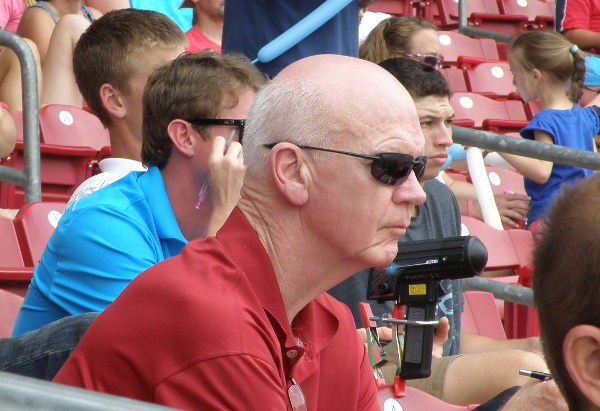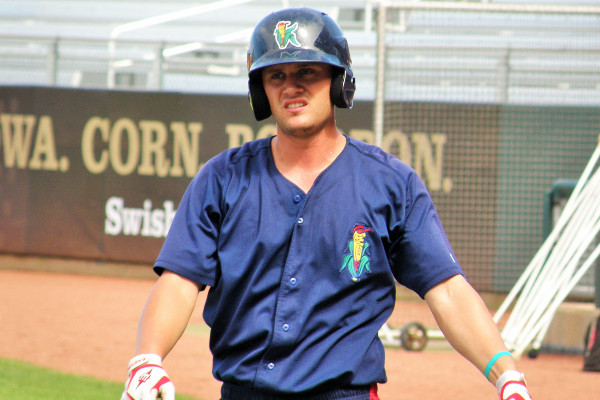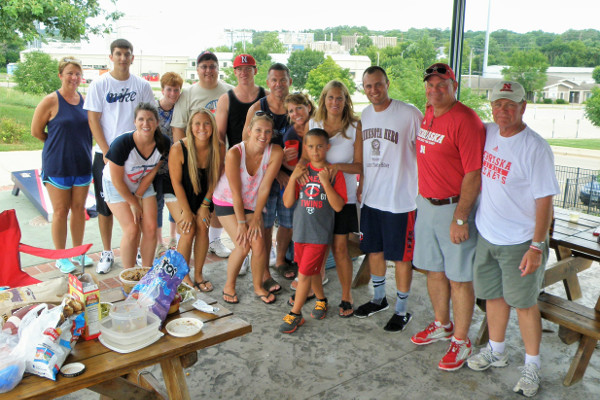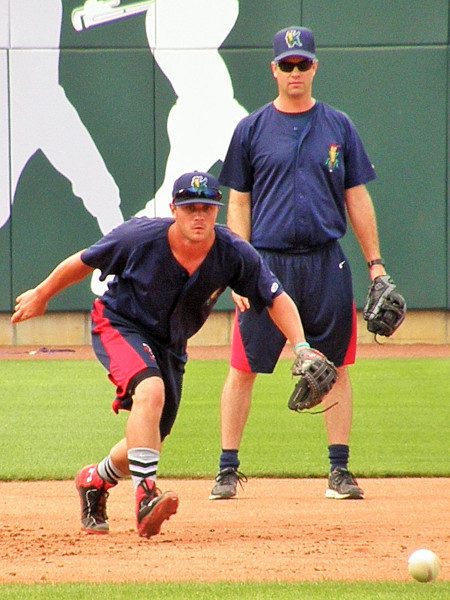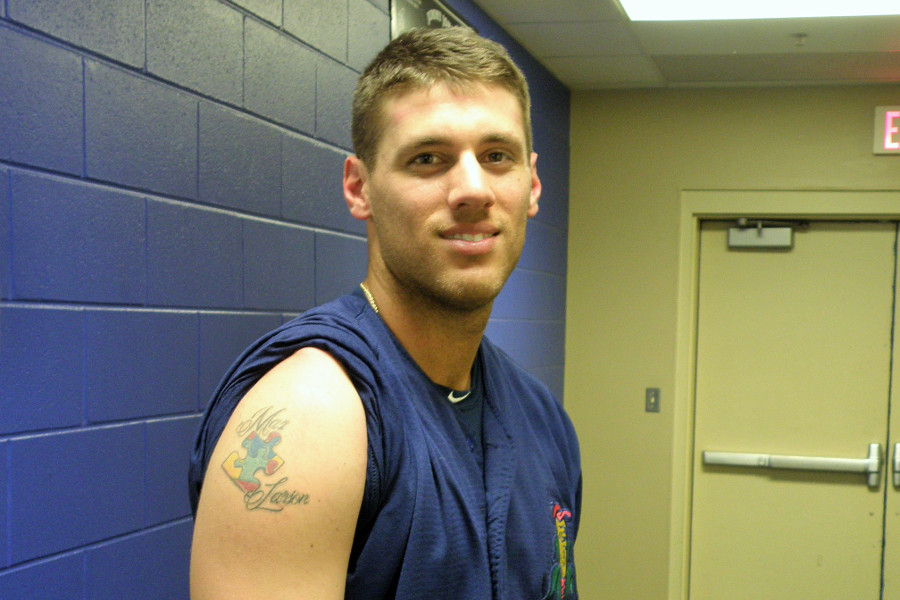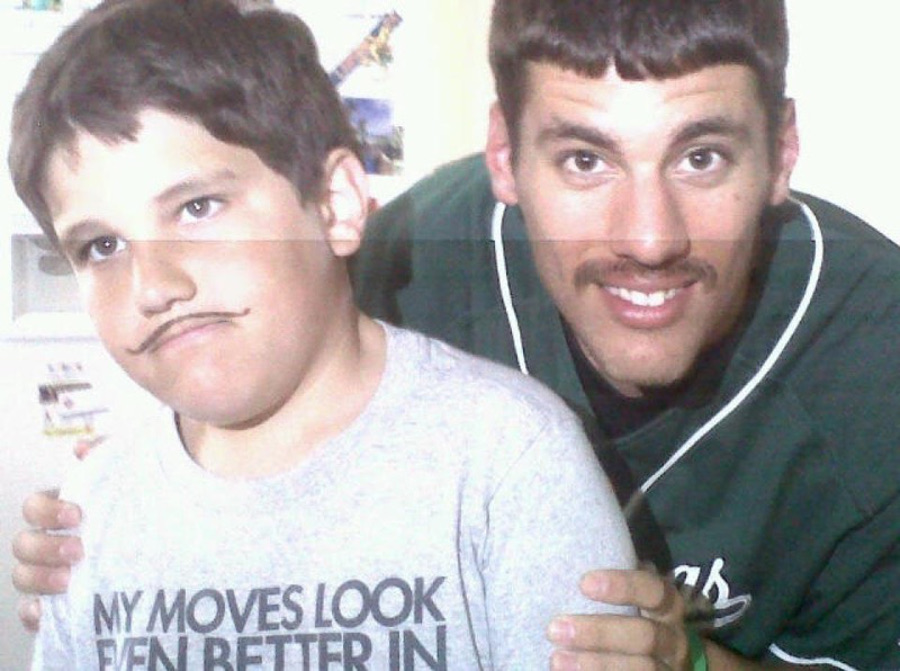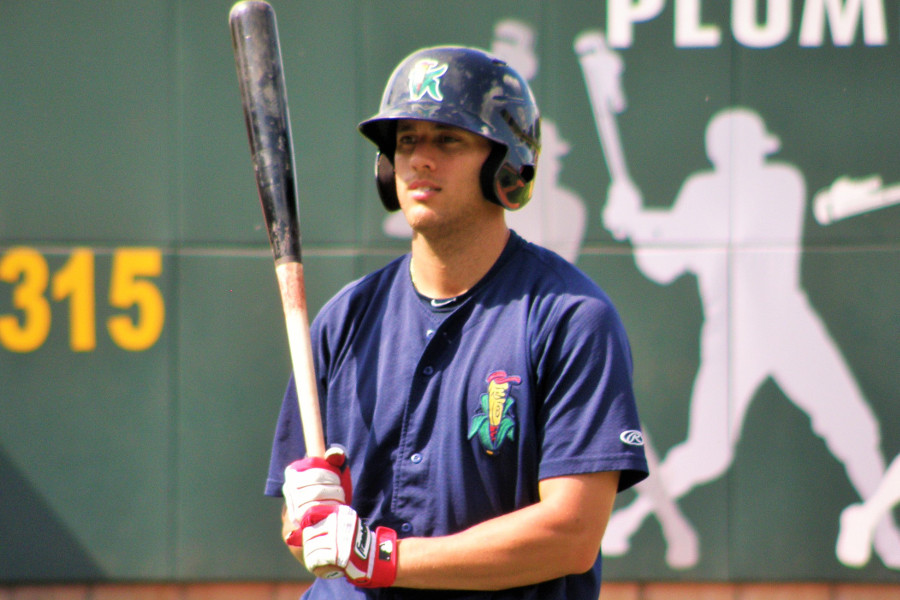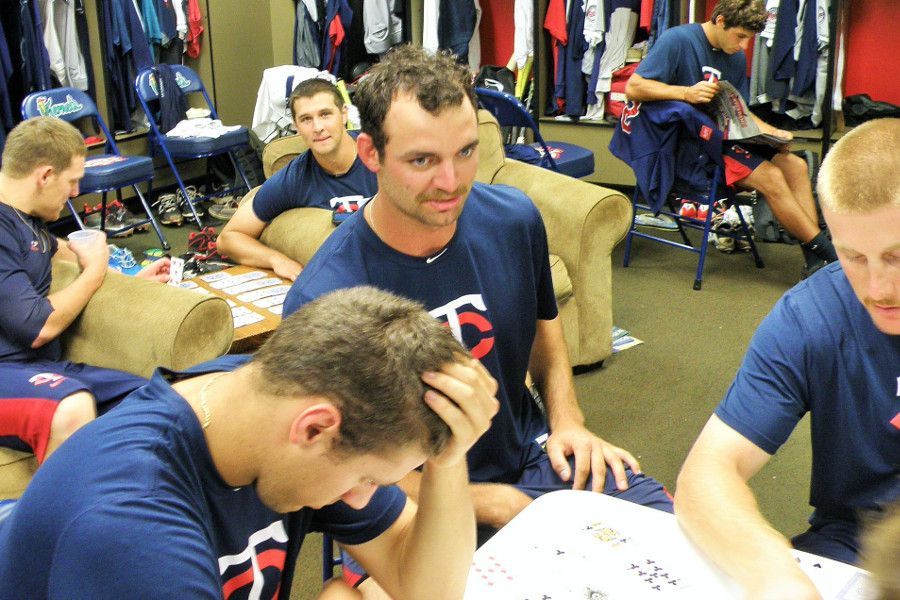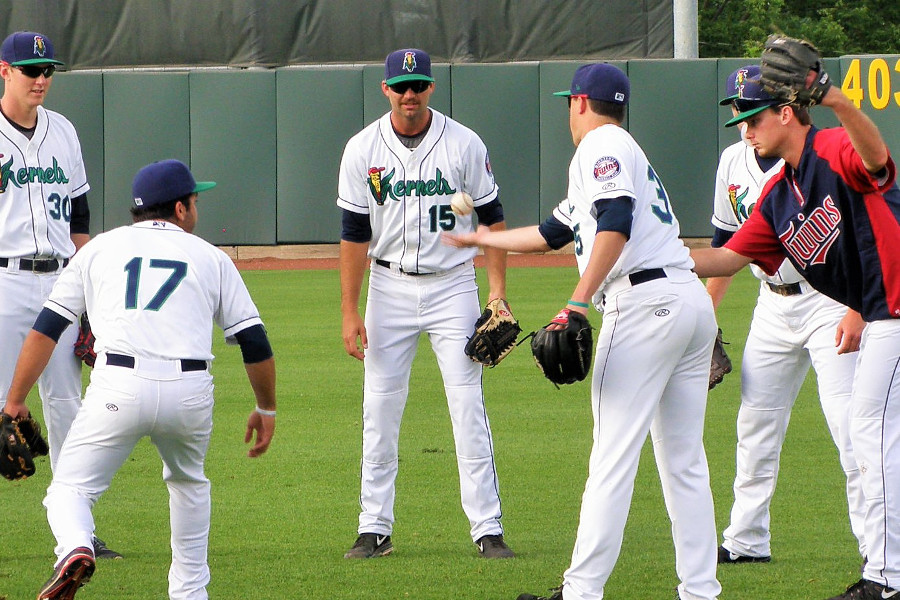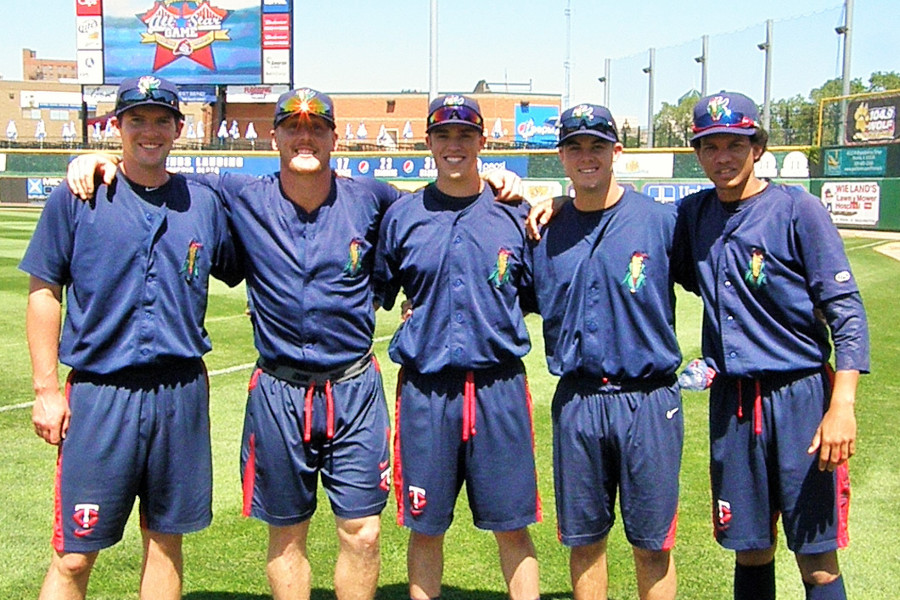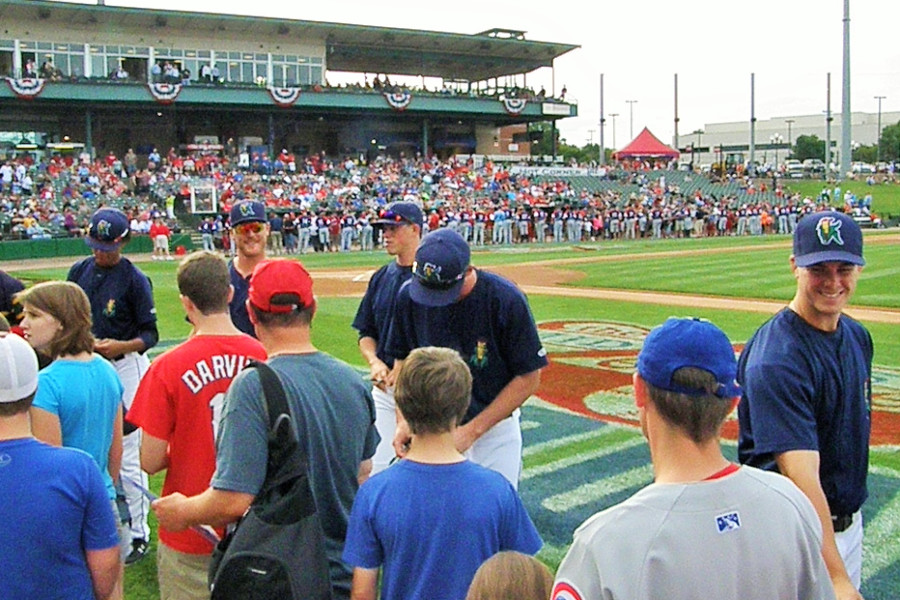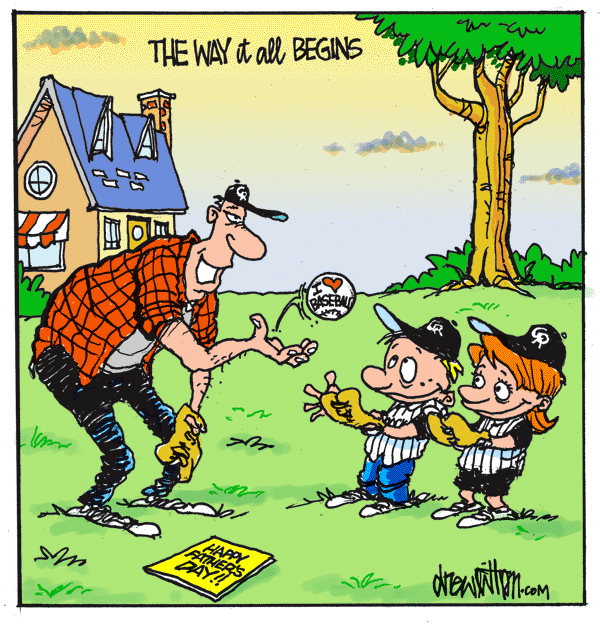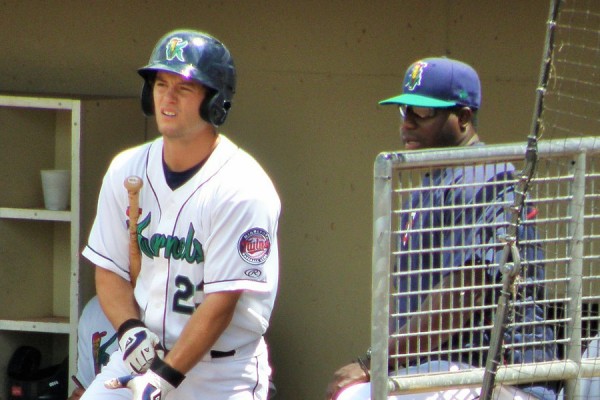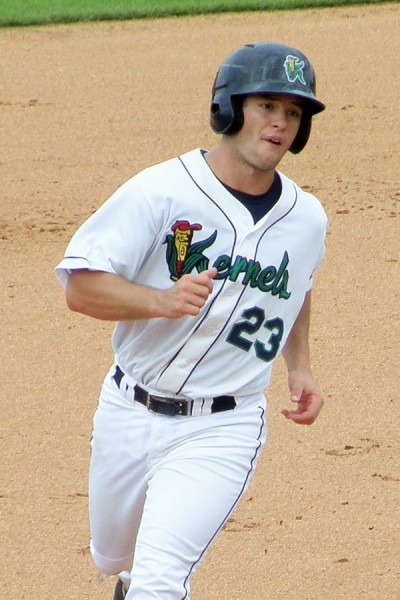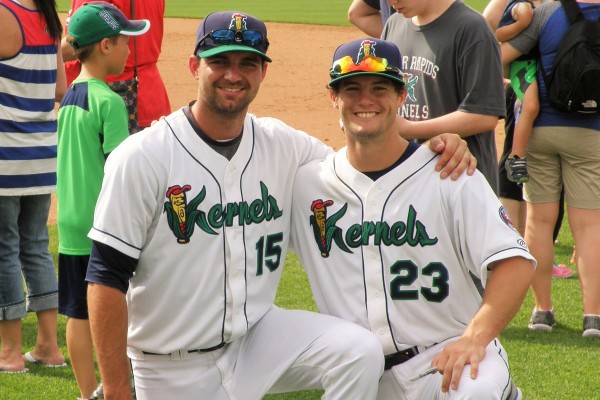I rarely post anything here not related to the Twins, the Kernels, baseball or some form of sports-related topic. This, however, is one of those rare instances.
Growing up in Albert Lea, Minnesota, back in the early 1960s, one of my closest friends was Jeff Schmahl. We were the same age and lived about a block apart. My dad was a high school coach. His dad was the sports editor for the local newspaper. Our families became close friends.
 And we both loved pretty much any sport that involved throwing, hitting or kicking a ball of some type.
And we both loved pretty much any sport that involved throwing, hitting or kicking a ball of some type.
After second grade, Jeff’s family moved to Grand Island, Nebraska. Five years later, my family moved to Webster City, Iowa. But despite the distances involved, our families remained friends.
When we moved to Iowa and I had a little trouble adjusting to the new environment, I went to Grand Island to spend a week or so with Jeff and his family. It was then that it became clear to me that Jeff had a serious case of Cornhusker-itis. I wasn’t much into college sports at the time, but that didn’t stop Jeff from talking about the Nebraska Cornhuskers – a lot. We weren’t even in high school yet, but he made no secret of the fact that he was going to become a Cornhusker.
He made good on his goal of attending Nebraska and he played tennis for the Huskers. Eventually, he did broadcast work on Lincoln television involving Husker sports and later became a vital part of the Nebraska athletic department (introducing HuskerVision to Big Red football fans, for example) and, later yet, joined the Texas A&M athletic department.
I know all of this, not because he and I stayed in touch (we really didn’t), but because our mothers have managed to remain in close contact with one another throughout all of these decades. I would get regular updates on how Jeff was doing from my mother, who got her information from Jeff’s mom via their monthly phone calls.
Unfortunately, this is also the way I found out, about a year ago, that Jeff had been battling stage 4 pancreatic cancer.
It’s also the way I found out this week that Jeff lost that battle a month ago.
When my mom originally told me of Jeff’s diagnosis, she also mentioned that he had started a blog called, The Last Train. Naturally, my curiosity and my memories of our childhood friendship led me to check it out.
In the Introduction section, Jeff explained why he was starting the blog.
My hope is what I share will encourage you and give you some insight as to what it’s like to be on The Last Train. Perhaps my words will also provide you courage when it’s time for you to board The Last Train, because it is one trip we are all guaranteed to take.
But more than that, I hope my words encourage you to make the most of the train ride you are on right now. That’s really what is important to make the most of your life right now and to have a positive impact on the people in your life right now.
That’s really just part of the Introduction, so I certainly encourage you to read the entire thing. In fact, I encourage you to read all of his entries at some point. It’s powerful stuff.
In addition, as part of Ken Burns’ PBS documentary on cancer, Nebraska Educational Television featured several local stories entitled “Living with Cancer in Nebraska.” The Schmahls were one of the families that were featured. I’ve embedded it below. It’s only about seven minutes long and since you’ve read this far, you should definitely take the time to watch it
Jeff obviously touched a lot of peoples’ lives in his roughly-59 years on this earth. I’m told that more than a couple hundred of them gathered last Saturday in the Club section of Memorial Stadium in Lincoln to celebrate his life.
His was clearly a life well lived.
After hearing about Jeff’s condition, I made an effort to write to him – several times. I just couldn’t get the job done and now, naturally, I feel bad about that.
I returned to read his blog periodically, but honestly, doing so brought back so many reminders of having witnessed my father’s ultimately unsuccessful fight against cancer years earlier, that even trying to craft a letter to him became emotionally overwhelming for me.
Fortunately, it is clear that Jeff had no shortage of people in his life who had far more intestinal fortitude than I do in this area and they made sure he knew how important he had been to them.
I wanted Jeff to know I’ve never forgotten the days we spent playing Cadaco’s All-Star Baseball in his basement or the time we spent pretending we were big leaguers ourselves as we pitched to one another in our backyards. He had an odd affinity for then-Twins pitcher Lee Stange, for some reason I have never quite understood – but I can still hear him say that name with great enthusiasm in my mind today.
I would have liked him to know I still remember the two of us going up and down the street handing out free “tickets” for our neighbors to come watch the two of us go one-on-one in hoops in his driveway and setting up all manner of chairs for the inevitable crowd to sit in while we battled. I don’t recall much of anyone showing up, but I do remember he beat me. But then, that was hardly unusual.
Most of all, I would have wanted him to know that I will carry these memories, and more, until, inevitably, I board my own Last Train.
Even more, thanks to his gift in the form of his writing, I’ll have much more than boyhood memories to accompany me through to that final stop. I’ll have his faith, his humor, his courage and his wisdom to support me on that journey, as well.
But the most important take-away, for me, from his efforts over the past year is how important it is that we all focus on what’s really important in our lives right now, while we are still hopefully well short of the time we’ll need to board our own respective Last Trains.
In one of the last blog entries before his death, Jeff’s son, Zach, included a quote from minimalist author Colin Wright.
“You have exactly one life in which to do everything you’ll ever do. Act accordingly.”
I. for one, intend to try to do exactly that.
A couple of weeks ago, my employer for the past 38-ish years informed me that my position was being eliminated. It’s not the way one would typically choose to end one’s employment, but it’s not a terrible thing, either, to be honest. The separation package is sufficient enough that, if I choose to do so, I’ll be able to bridge my way to the point where I can begin tapping my retirement accounts..
I’m still sorting out in my mind exactly what form I want this next phase of my life to take, but at least I have some options and some time to avoid having to rush into anything.
I am clear about one thing, however. I’m going to remember that I only have one life in which to do everything I’ll ever do and I’m going to act accordingly.
Thank you, Jeff, for your friendship so many years ago and for sharing your gift of courage and wisdom with me and so many others during the journey on your Last Train.
Farewell and rest in peace, my old friend.
– Steve Buhr



